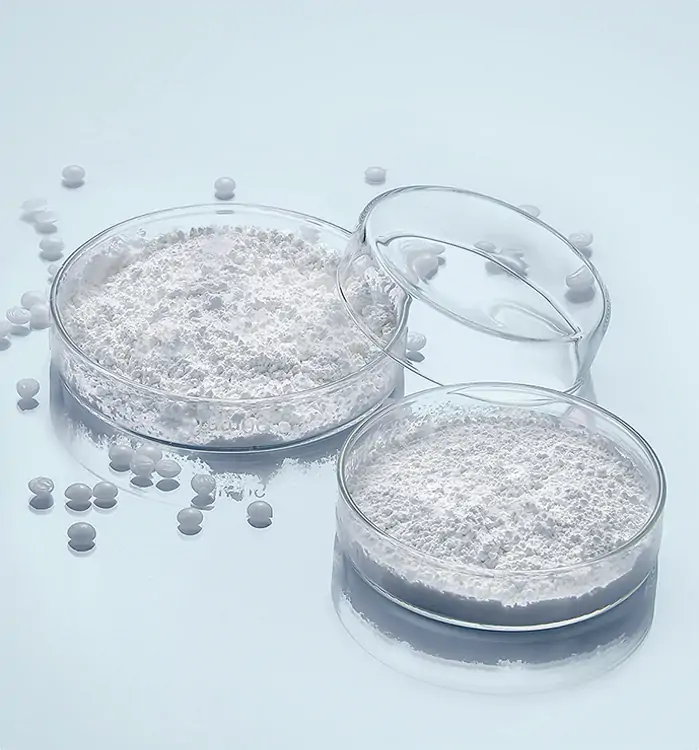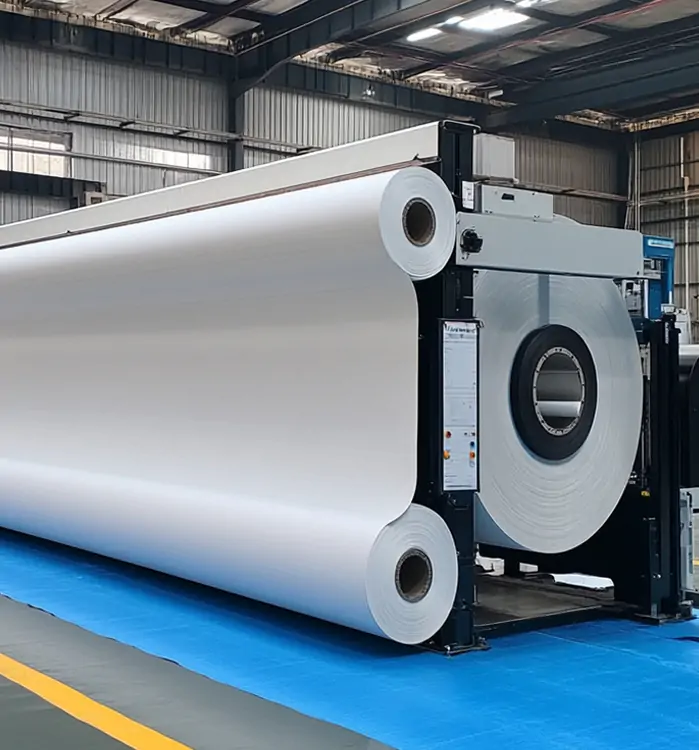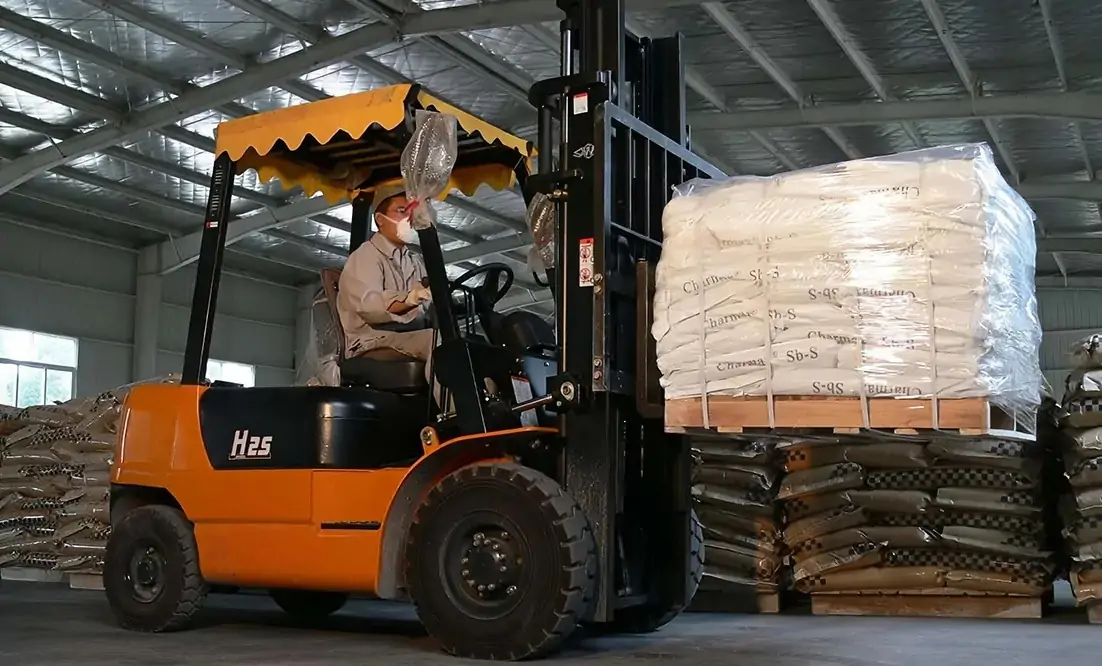Polyester Industry

Antimony glycolate (Sb₂(EG)₃) is an important catalyst in the polyester industry

Antimony glycolate (Sb₂(EG)₃) is an important catalyst in the polyester industry

Antimony glycol significantly increases the rate of polyester polycondensation reaction through a homogeneous catalytic mechanism. Compared with traditional catalysts (such as antimony trioxide and antimony acetate), it has higher catalytic activity and can shorten the reaction time by 15-20%.
Due to its high selectivity and stability, ethylene glycol antimony can reduce side reactions, lower the content of oligomers and impurities in polyester, thereby improving the purity, heat resistance and mechanical strength of polyester.
Antimony glycol significantly increases the rate of polyester polycondensation reaction through a homogeneous catalytic mechanism. Compared with traditional catalysts (such as antimony trioxide and antimony acetate), it has higher catalytic activity and can shorten the reaction time by 15-20%.
| catalyst | Catalytic activity | Solubity (in ethylene glycol) | Impuritie |
| Antimony glycolate | high | Easy to dissolve, homogeneous dispersion(beter than Antimony acetate) | No aditional impurities |
| Antimony trioxide | midle | Dificlt to dsolve, uneven dispersion | Contains metal oxide residues |
| Antimony acetate | high | Easy to dissolve, homogeneous dispersion | Introduces acetate, whichmay corrode |
The polyester chips synthesized using ethylene glycol antimony have better hue (high L value and low b value), the breakage rate during fiber forming is reduced, and the full roll rate and first-class product rate are significantly improved.
The polyester molecular chain structure is more uniform, and the material's tendency to thermal degradation is reduced, making it suitable for high-temperature processing scenarios.


The antimony content of ethylene glycol antimony is as high as 56-58%, with high activity. The dosage is reduced by 20-30% compared with traditional catalysts, and the production capacity of the device can be increased at the same time.
It does not contain corrosive ingredients such as acetate, which reduces equipment loss and has lower storage and transportation requirements (needs to be moisture-proof and sealed at room temperature).
At present, China's annual polyester production capacity is about 46 million tons, and the annual demand for ethylene glycol antimony exceeds 10,000 tons, and it is exported to the Central Asian and Southeast Asian markets. The gap between supply and demand continues to exist. Its application has expanded from traditional fibers to high-end fields such as bottle chips and films. Future technological upgrades will further promote demand growth.
Note: In actual production, the amount of catalyst must be strictly controlled (usually the antimony concentration is 230-400 ppm). Excessive use will lead to poor product color or increased costs.

